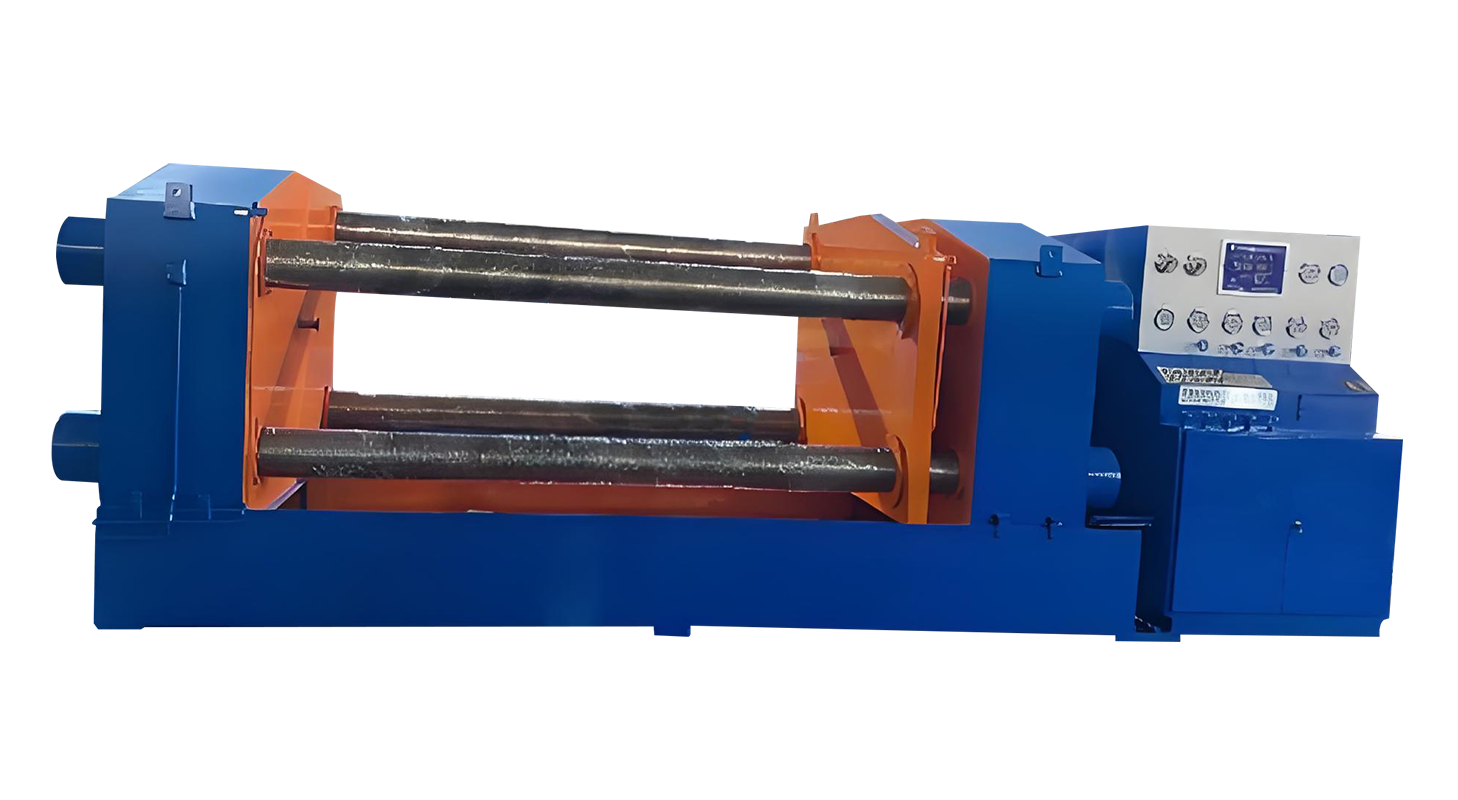Jun 25, 2025
Valve testing plays a crucial role in maintaining the safety and functionality of fluid control systems. A valve testing machine is designed to evaluate the performance, pressure resistance, and sealing capability of various types of valves. Whether in production lines or maintenance workshops, a well-structured valve testing machine ensures that valves meet industry standards and can safely operate in demanding environments.

One of the key devices used in this process is the test bench valve, which is specifically engineered to hold, secure, and test valves under controlled conditions. Understanding the structure and main components of a valve testing machine helps operators and engineers select the appropriate equipment for their specific testing requirements. Below, we will explore the essential parts of a valve testing machine and their functions.
1. Clamping System
The clamping system is one of the critical components of any valve testing machine. Its purpose is to securely hold the valve in position during testing. A stable clamping system ensures that the valve does not move or shift when subjected to high pressure or mechanical loads. Clamping systems can be manual, hydraulic, or pneumatic, depending on the design of the test bench valve. The correct clamping force is essential to prevent leakage around the connection points during the test.
2. Hydraulic or Pneumatic Pressure System
The pressure system is the driving force behind valve testing. This system provides the necessary pressure to evaluate the valve’s strength and sealing performance. Depending on the type of valve being tested, the valve testing machine may use hydraulic pressure, pneumatic pressure, or both. The pressure system includes pumps, regulators, and gauges to accurately control and monitor the applied pressure during the test cycle.
3. Test Bench Valve Structure
The test bench valve is the specific section where the valve under inspection is mounted and connected to the testing system. This section is typically designed to accommodate various valve sizes and types. It includes adapters, seals, and fixtures that make the setup process more versatile. The test bench valve must provide a tight seal to ensure accurate measurement of leakage rates and pressure resistance.
4. Control Panel
A reliable control panel is essential for operating a valve testing machine efficiently. The control panel allows operators to set testing parameters, control pressure levels, monitor valve performance, and manage the testing sequence. Depending on the equipment design, the control system may be manual, semi-automatic, or fully automatic. Digital displays and pressure indicators are usually integrated into the control panel to provide real-time feedback.
5. Safety Mechanisms
Safety is a key concern when working with high-pressure equipment. The valve testing machine is usually equipped with various safety features to protect both the operator and the valve during testing. Common safety components include pressure relief valves, emergency stop buttons, protective barriers, and overpressure alarms. These features help prevent accidents and ensure that the system operates within safe limits.
6. Pressure Recording System
The ability to record pressure data is an essential feature of a valve testing machine. The pressure recording system captures test results, including pressure levels, duration, and any leakage detected during the test. Some machines are equipped with digital data logging systems that store test records for quality control and reporting purposes. Accurate records are vital for verifying the performance of each valve and for meeting documentation requirements.
7. Water or Air Supply System
Depending on the type of test being performed, the valve testing machine may require a supply of water, air, or other gases. The supply system must maintain a stable flow and pressure to ensure accurate testing. The choice of medium often depends on the valve’s application and the test standards being followed.
8. Fixtures and Adapters
Fixtures and adapters make the test bench valve compatible with different valve designs and sizes. These accessories are essential for creating a secure connection between the valve and the test bench. Quick-change adapters and adjustable fixtures can improve the efficiency of the testing process and reduce downtime between tests.
In summary, a valve testing machine is a combination of multiple integrated systems, each performing a specific role to ensure accurate and reliable valve testing. The test bench valve serves as the central platform where the valve is secured and tested under controlled pressure. Understanding the key components and their functions allows engineers and operators to carry out precise, safe, and efficient valve tests. Proper maintenance and operation of each system are essential to extend the service life of the equipment and maintain consistent test quality.